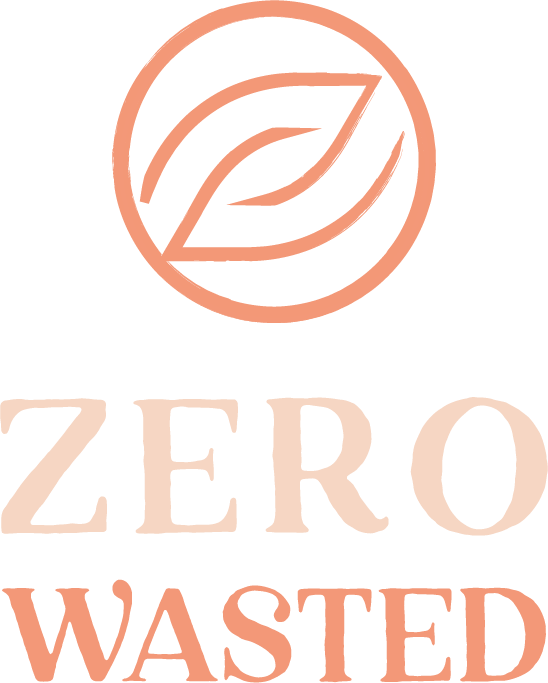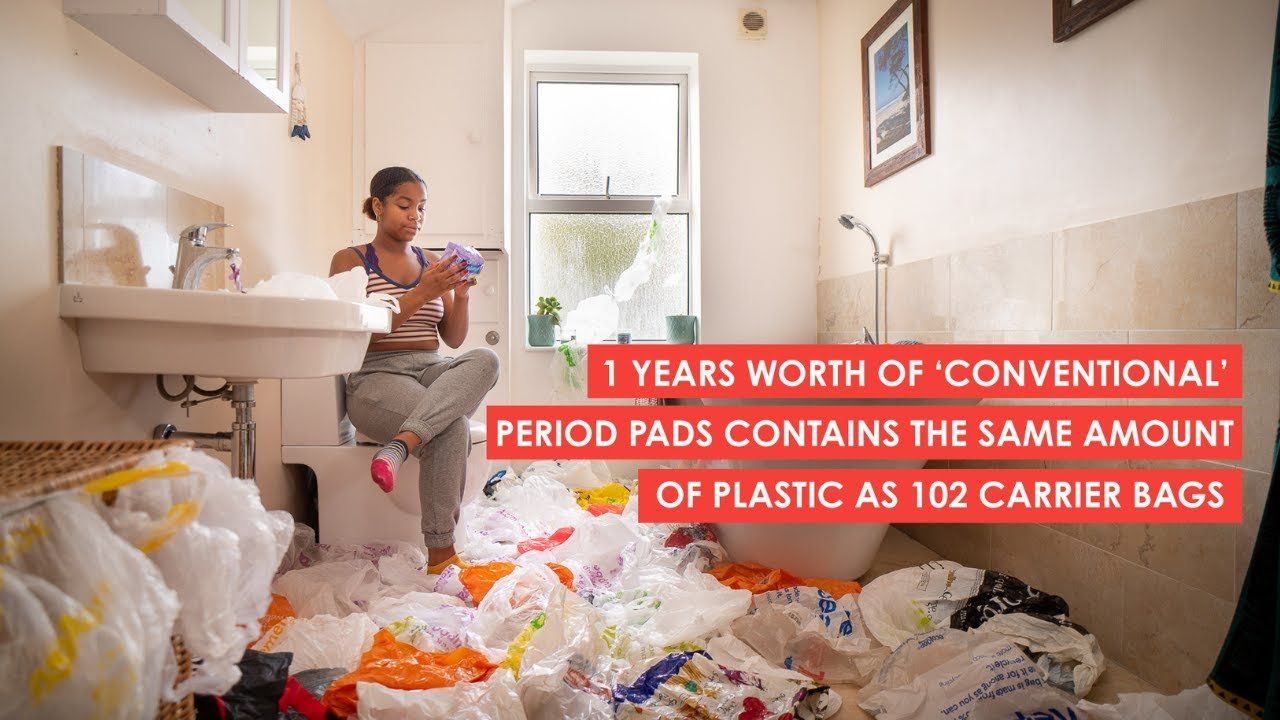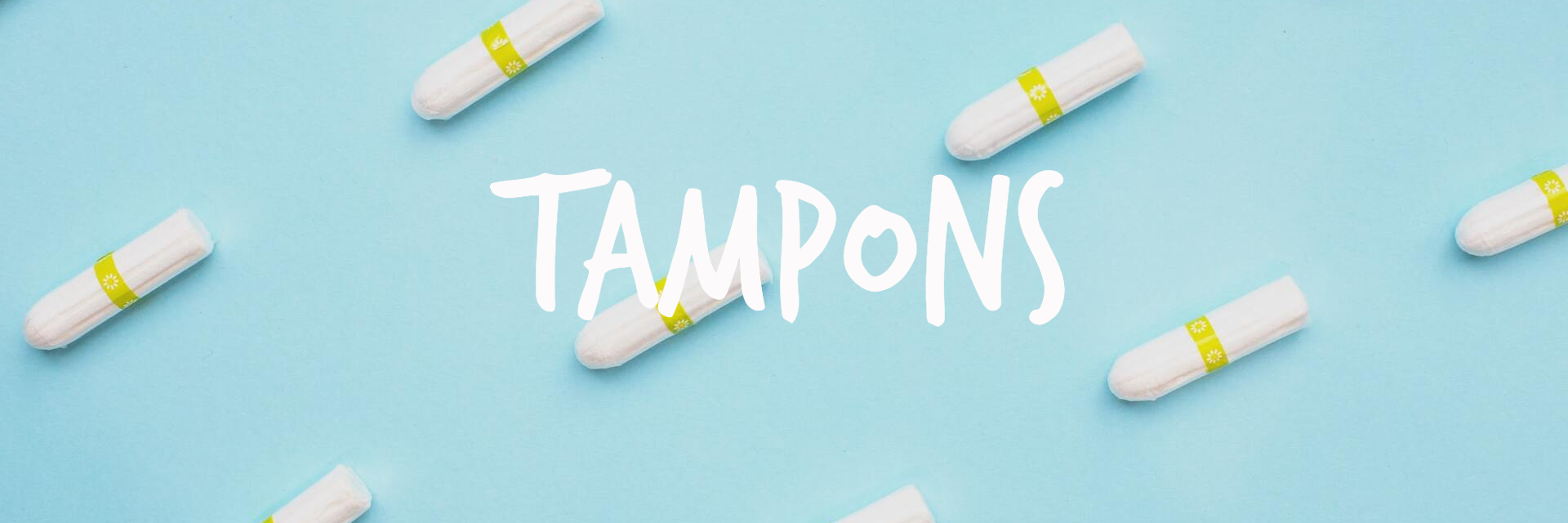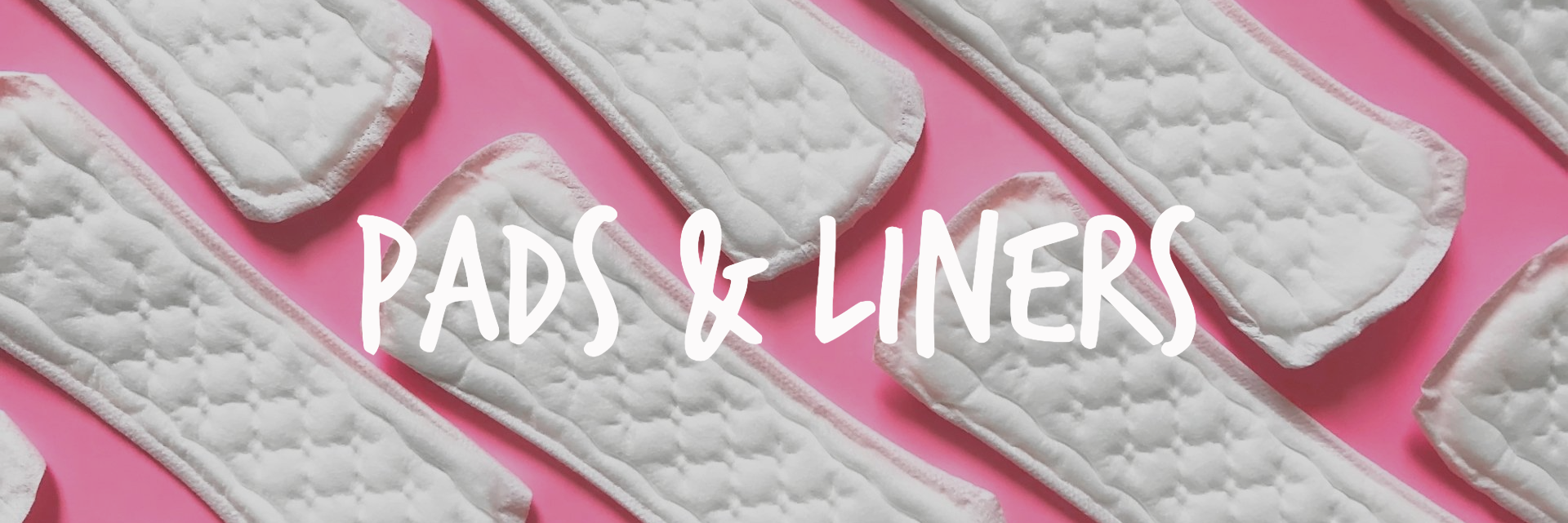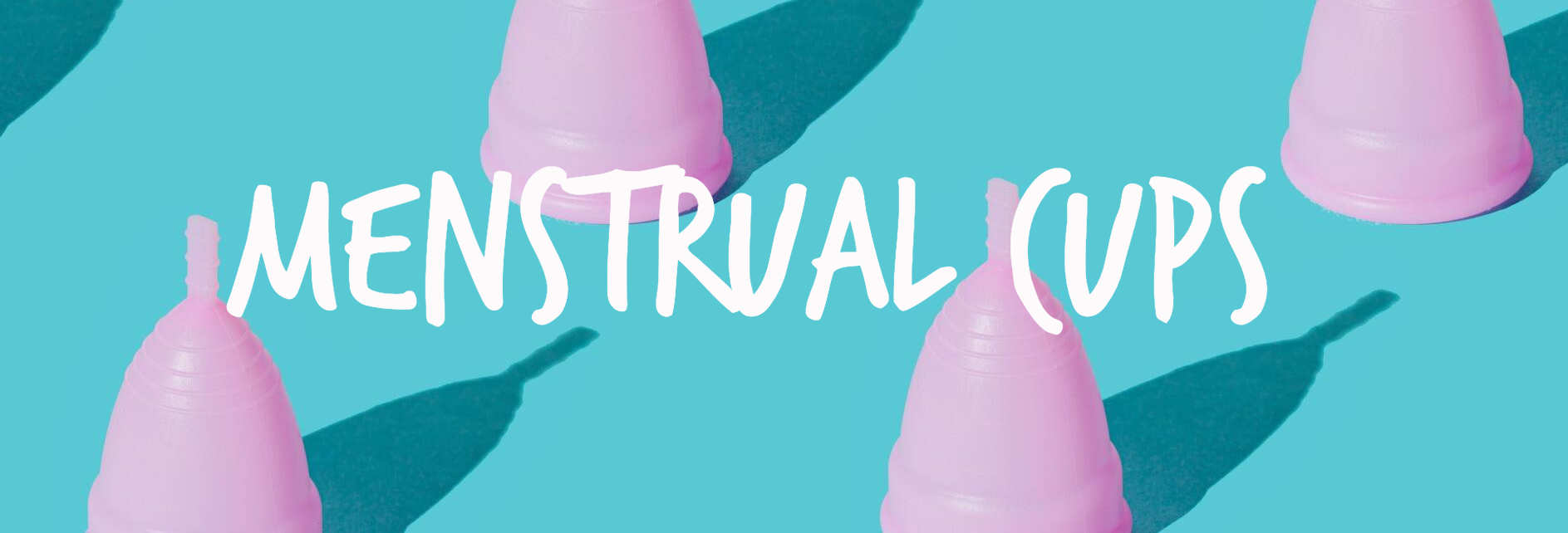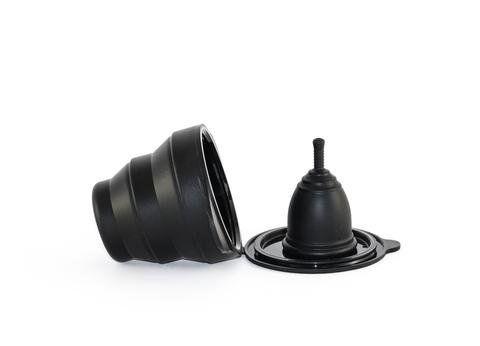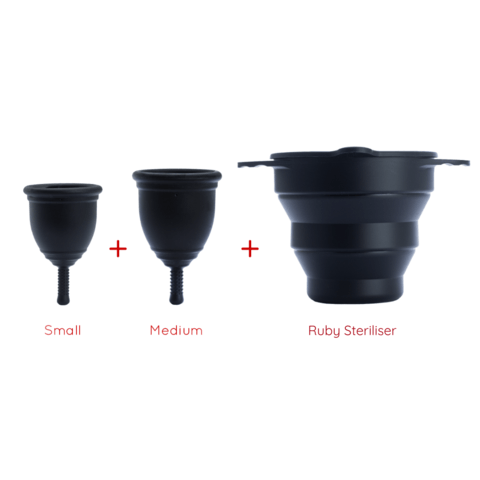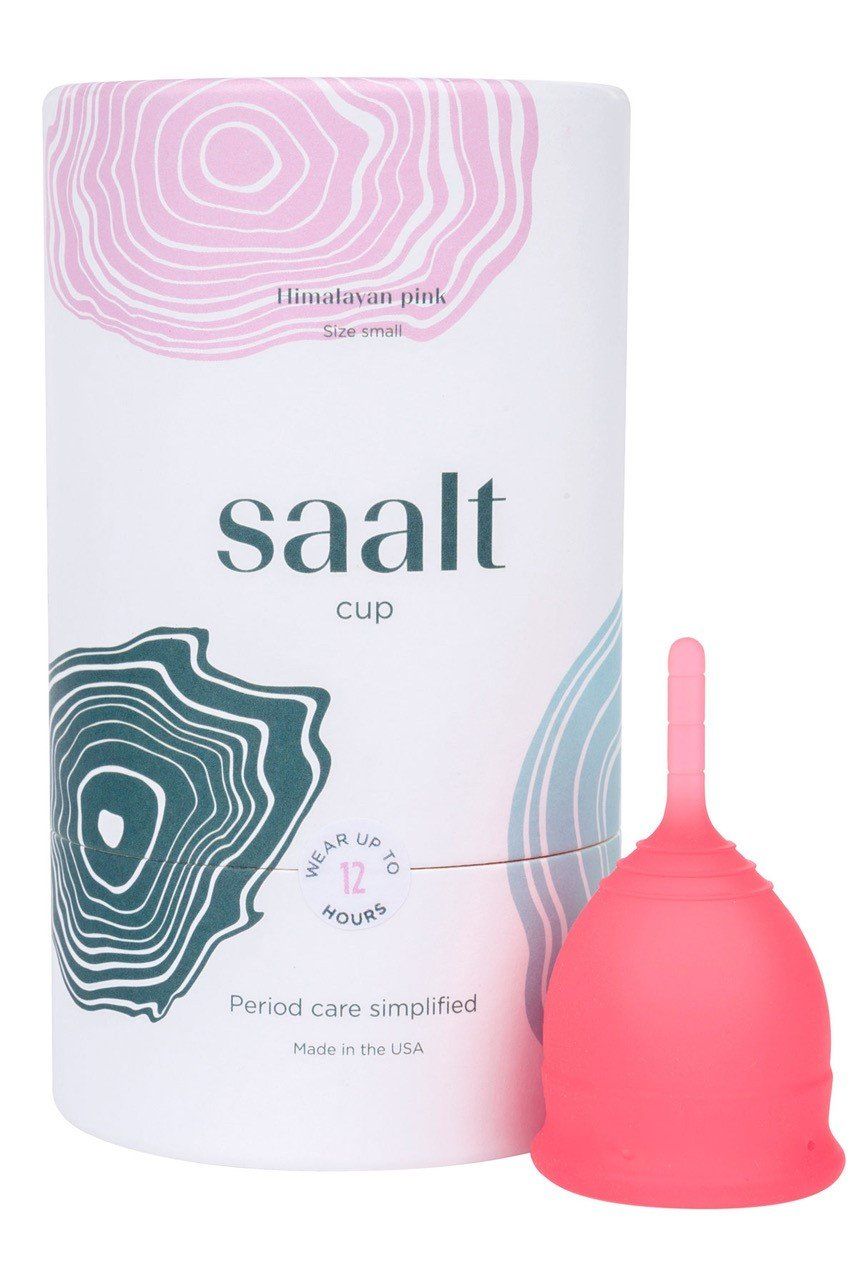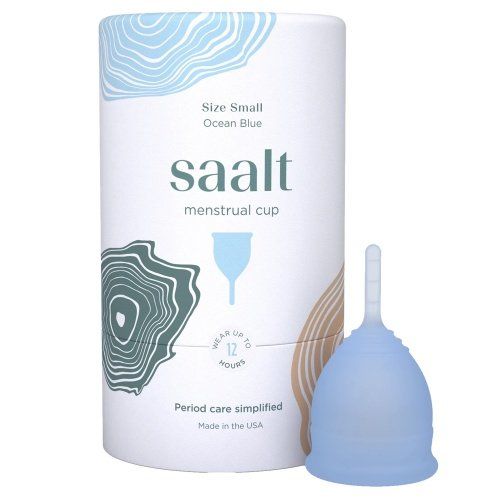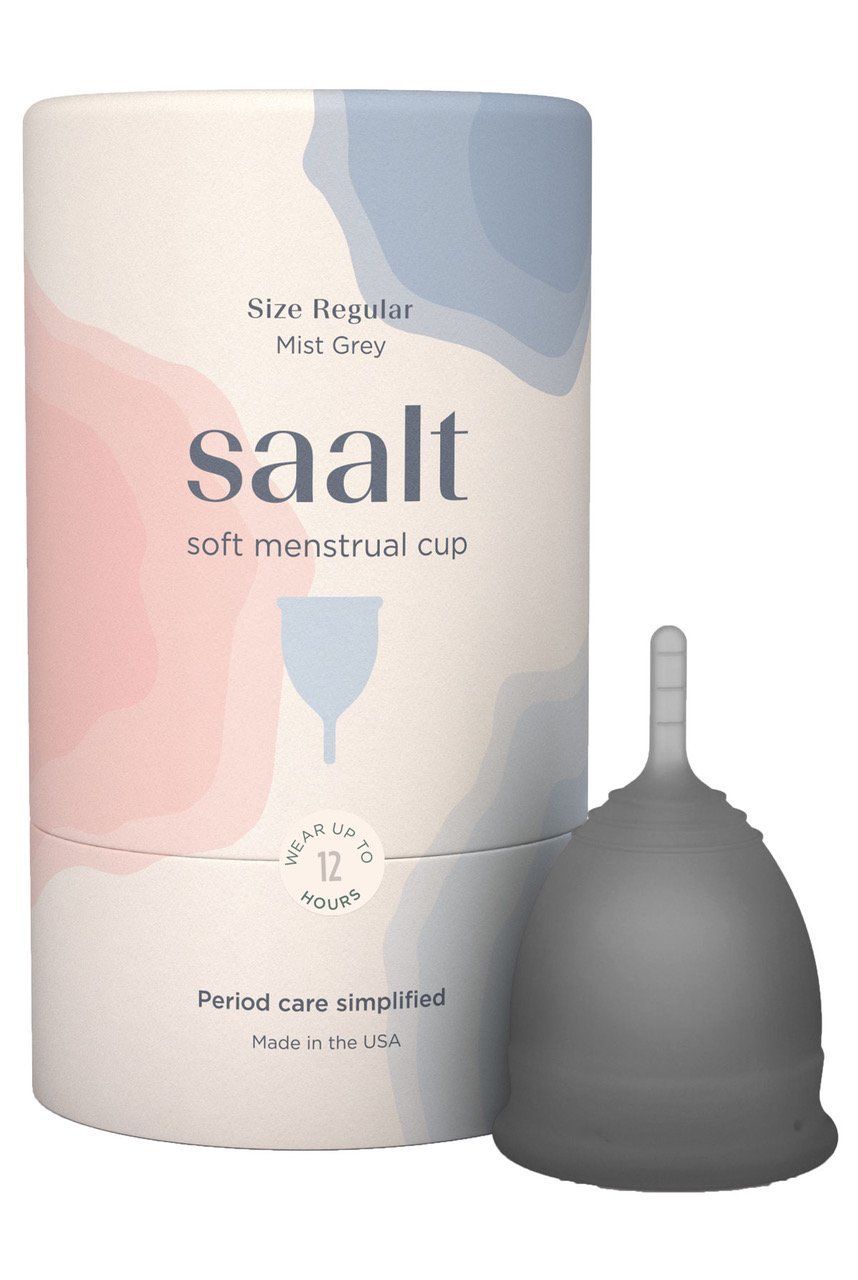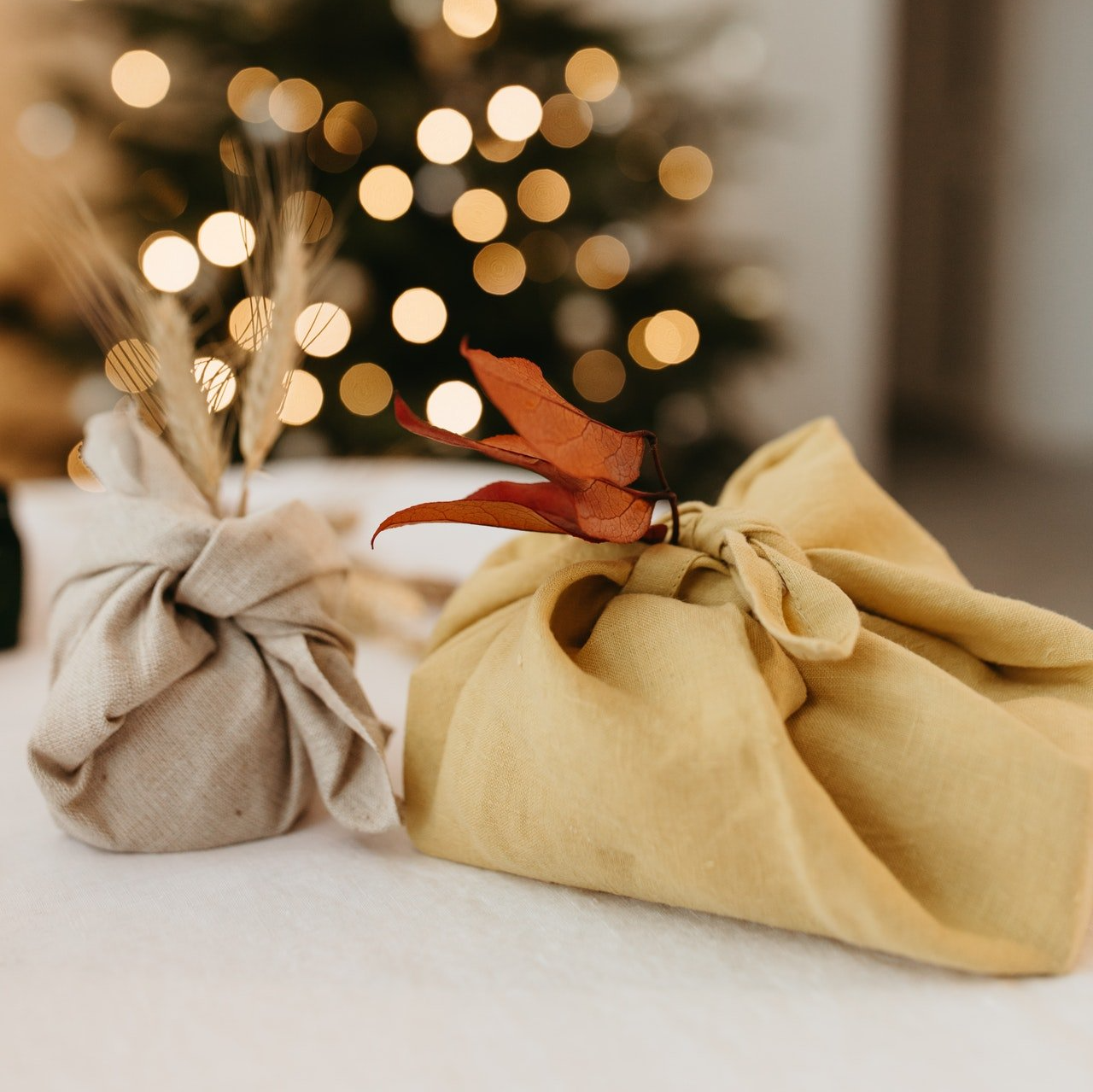Best Zero Waste & Eco-Friendly Period Products
At Zero Wasted, our mission is to help you make informed, conscious choices—we do the research so you don’t have to. Affiliate Disclosure: Some articles may contain affiliate links, meaning we may earn a small commission if you make a purchase through them. This comes at no extra cost to you, and we only recommend products we truly believe in.
Why conventional sanitary products aren't sustainable
Some quick fire facts about our time of the month, and why we need less waste, period. 😉
A PLASTIC FREE PERIOD
We use about 16,000 tampons and pads in our lifetime. In the UK alone 4.3 billion disposable menstrual products are used every year, 1.5 - 2 billion are flushed down the toilet, and 1.3 billion plastic tampon applicators go to landfill.
F*U**ING HELL
Flushing our used products down the toilet means sewer blockages, and many of them end up in the sea. They equate to a fifth of the most common items found in European beaches, on average 6 pieces are found per 100 metres of beach cleaned.
ZERO WASTE CYCLE
Typically regular tampons, plastic applicators and pads take around 500 or more years to break down due to their plastic content. This plastic also breaks down into smaller and smaller pieces, contributing to microplastic pollution.
We need plastic free period products
Conventional tampons and pads contain a significant percentage of plastic that will take a seriously long time to breakdown in landfill (500 years) compared to 100% cotton which takes around 1-5 months to biodegrade. Here's the amount of plastic content our conventional products could have in them:
The toxic tampon issue
Do we need to be worried?
You'll find plenty of information out there about your sanitary products being full of harmful or toxic chemicals, and although its absolutely worth investigating whats in our sanitary ware, some myths need to be debunked as sometimes it's a lot easier (and more profitable) to take the science out of context and blow things out of proportion.
So as scary as some claims initially sound, we need to be careful about overblown reports about hidden toxins in tampons and other menstrual products, as the poison or carcinogen risk of a chemical is related to not only its ability to damage DNA, but also the dose, route, and length of exposure. Otherwise we'd have to tell everyone the sun is a toxic carcinogen that needs to be avoided at all costs, and well, thats just gloomy!
☀️
The bottom line is, don't feel like you're in imminent danger if you use non-organic tampons, pads and liners. Ultimately, it's your period, and a personal choice for health, comfort, and environmental reasons. With increased awareness of what's going on with your menstrual products, you have the agency to decide what's right for your own body and budget.
Environmental benefits of organic products
So even though there are no serious health risks to using conventional products vs organic, there are definitive environmental benefits to using 100% cotton products. Cotton is a naturally occurring material and will fully biodegrade within 5 months in landfill. You'll also be supporting organic farming which in general creates less soil and water pollution, lower green house gas emissions, and is more energy efficient. Organic farming is also more likely to generate greater biodiversity of plants, animals, insects and microbes.
That said, a reusable menstrual cup is probably even more environmentally friendly than disposable products — even organic ones.
The cost of your period
The average cost (and waste) of different products over 5 years
On average, a person bleeds from two to seven days and menstruates from age 13 until age 51. That equates to a total of 456 periods over 38 years! But to make things a bit easier we're going to work out the approximate cost based over 5 years in which you'll have 60 periods, with a medium to heavy flow over 4 days.
| Tampons | Pads | Menstrual Cup | Period Pants | Reusable Pads | |
|---|---|---|---|---|---|
| Products Worn | 6 tampons a day for 4 days | 6 pads a day for 4 days | 1 reusable cup for 4 days | 2 pants a day for 4 days | 2 pads a day for 4 days |
| Budget Best Buy | Flo Non - Applicator Tampons @ 18p per unit | Natracare pads @ 17p per unit | Saalt Cup @ £25 per unit | WUKA Basics Hipster Briefs - Medium Flow 5 pack + 2 @ £74 *each pair absorbs 3 tampons worth | Eco Bravo Reusable Pads 6 pack @ £21.95 *each pad absorbs 4 tampons worth |
| Products Consumed | 1440 tampons | 1440 pads | 2 cups (people say their cups last on average 2-4 years) | 7 reusable pants worn 68 times each (approx lifespan is 70 wears) | 12 reusable pads worn 40 times each (approx lifespan is 60-75 wears) |
| Cost over 5 Years | £259.20 | £256.11 | £50 | £74 | £43.90 |
The Best Eco-Friendly Period Products
Take a look at our Best Buys below for tampons, pads and liners, menstrual cups, period pants and reusable pads
Disposable Products Key:
🏭
Industrially compostable
Can be put in your food waste bin, if you're unsure please check with your local council.
♻️
Widely recycled
Can be put in household recycling. Note: cardboard tampon applicators can't be recycled due to contact with blood.
🗑️
Household bin
All products below that can be put in the bin will break down naturally in landfill.
Best Plastic Free Tampons
Best Plastic Free Pads
How to be a menstrual cup convert
Once you get the hang of it, you'll never go back
Many of us fear using a cup for the first time, but like anything there is a little learning curve, just like there is with tampons. Menstrual cups will save you the most money over 5 years compared to the 1440 disposable products you'd have to use over that same timeframe - surely they're worth a try?
If you spend any length of time reading reviews or speaking to those that have already converted to using a cup you'll mostly hear that they'd never go back to using disposables. Here's some other opinions for those that took the leap:
👉 I Switched To Using A Menstrual Cup And I'll Never Go Back
👉 Why I'll Never Go Back to Tampons
👉 I Finally Tried A Menstrual Cup, And I Will NEVER Go Back To Tampons
One thing you'll need to do before venturing into buying your first cup is to measure your cervix. This will ensure you buy the correct size cup to ensure more comfort and ease in using your cup - watch this video on how to measure your cervix.
Best Menstrual Cups
Best Period Pants
So that's our ultimate list of the best eco-friendly period products. If there's a great product we haven't featured please let us know by dropping us a message. Here's to a positive period!
🩸
Newsletter Signup
